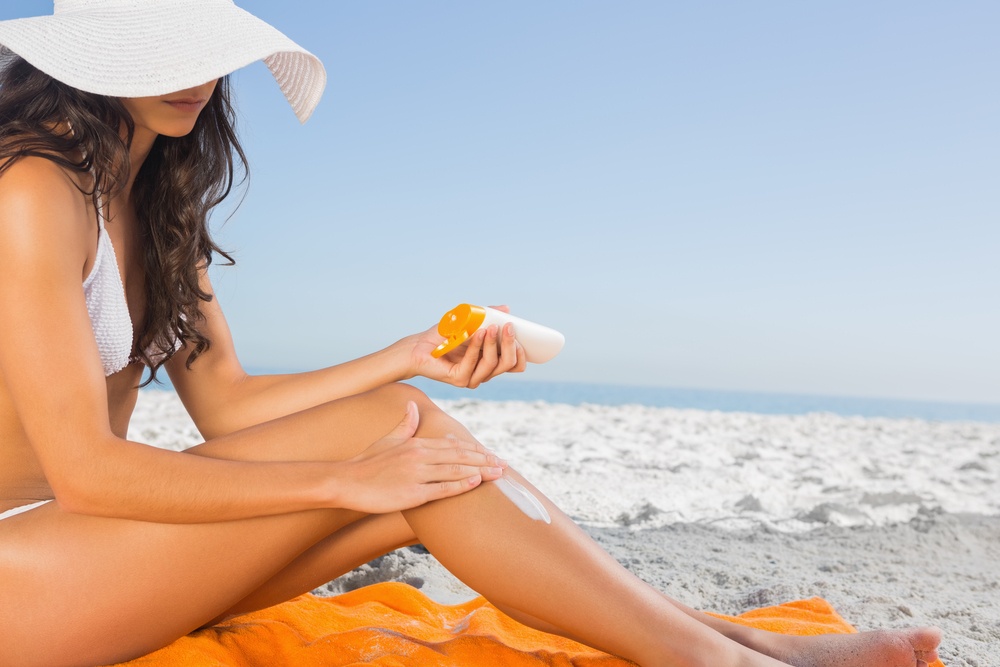The 5 Must-Haves in Medical Aesthetics Training for Sculptra
Are You Ready for Medical Aesthetics Training in Sculptra?
As a member of the synthetic polymer family, Sculptra is longer-lasting than most dermal fillers and this can leave practitioners wondering if it’s a worthwhile risk for their clinic or spa. Since a few bad treatments can quickly erode a practitioner’s reputation, it makes sense to study each treatment carefully before deciding what to provide.
Unlike HA fillers, such as those from the Juvederm and Restylane lines, synthetic polymers are a harder substance and can last for several years. These are both benefits of Sculptra as long as the treatment is done well and the filler itself is placed into the correct skin layer.
Improper injection, however, can leave nodules or even granulomas that last for years and at times must be excised with a blade rather than through the easy dissolution process offered by HA’s. Good training is just the start with products like Sculptra where the stakes are a bit higher. Practitioners should be sure that they’ve mastered skin depth with less dense fillers before their mainstream offering of Sculptra treatments.

A Sculptra decolletage treatment completes your client’s look
Look for These 5 Things in a Sculptra Injection Course:
- Patient and Experienced Instructors– Sculptra instruction should come from Master Providers and MD s without exception. Find a course where questions and interaction are encouraged and instructors have ample experience teaching, not just treating.
- Extensive Covering of Injection Depth– Correct depth is more crucial with Sculptra than with nearly any other filler. Make sure that the issue is well addressed along with the consequences of poor injections.
- Off-Label Usage– You may hear it from clients before you hear it from manufacturers, so be sure that your class for Sculptra covers areas like decolletage and knees along with the face.
- Product Manipulation and Placement- Since Sculptra is a harder substance your instructors should be comfortable teaching various techniques for proper movement and manipulation of the product.
- Reaction Warning Signs– Since these can be longer lasting with Sculptra than other fillers it’s ideal to have instructors that understand dermatological reaction and behavior.
Having said this, Sculptra is still a very safe product and the potential for better collagen growth gives it a high demand in most spas and practices. Approved in Europe in 1999 and the US in 2004, it’s one of the original volume fillers and was actually created to combat the effects of facial fat loss (lipoatrophy) in HIV patients.

One of the most sought after uses for Sculptra is the off-label treatment of sagging skin around the knees
Off-label use of fillers like Sculptra or fat destroying injectables like Kybella is growing in demand. Understanding the laws surrounding off-label use and your responsibility as a provider keeps you and your business protected and also gives you the opportunity to create additional income streams.
We advise that any provider planning to make an investment in medical aesthetics training learn the popular off-label uses for each product while researching programs. Armed with this information, you can better determine if the classes you’re considering will provide you with the most relevant and scalable training.
Basic layouts for training will vary, download our free beginner’s study for Kybella training for a better idea of what your programs need to cover.
{{cta(‘f214b5cd-563b-4be2-bb35-65f7d7f8e062’)}}
.



